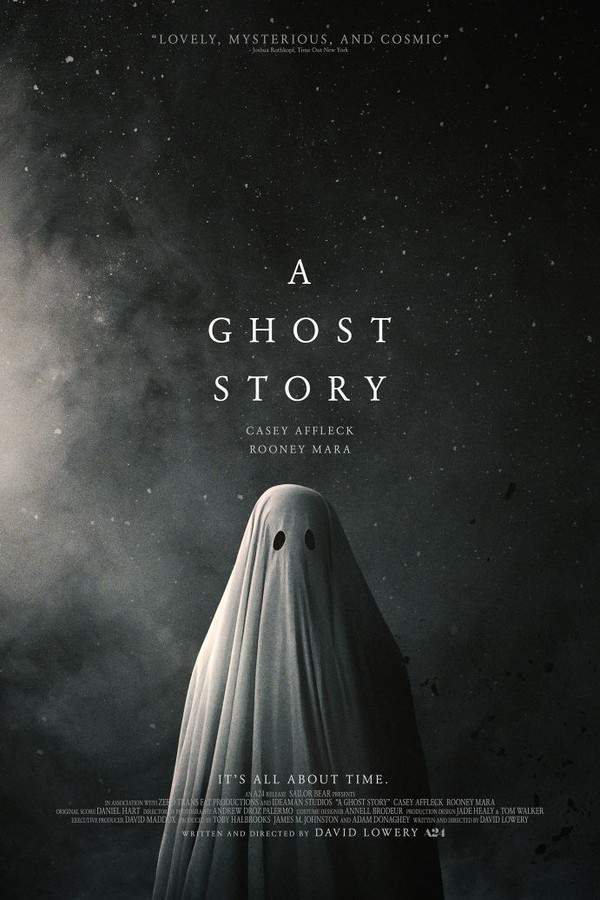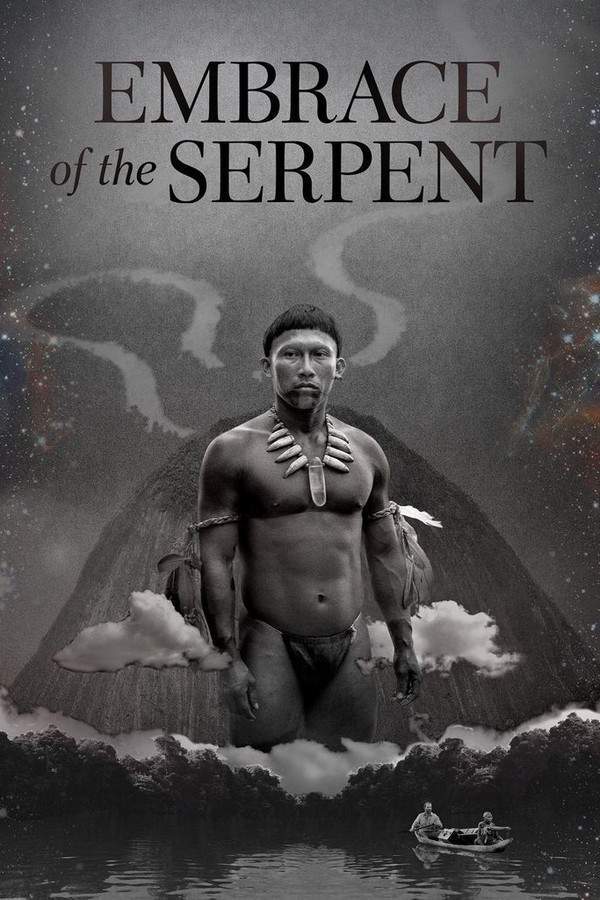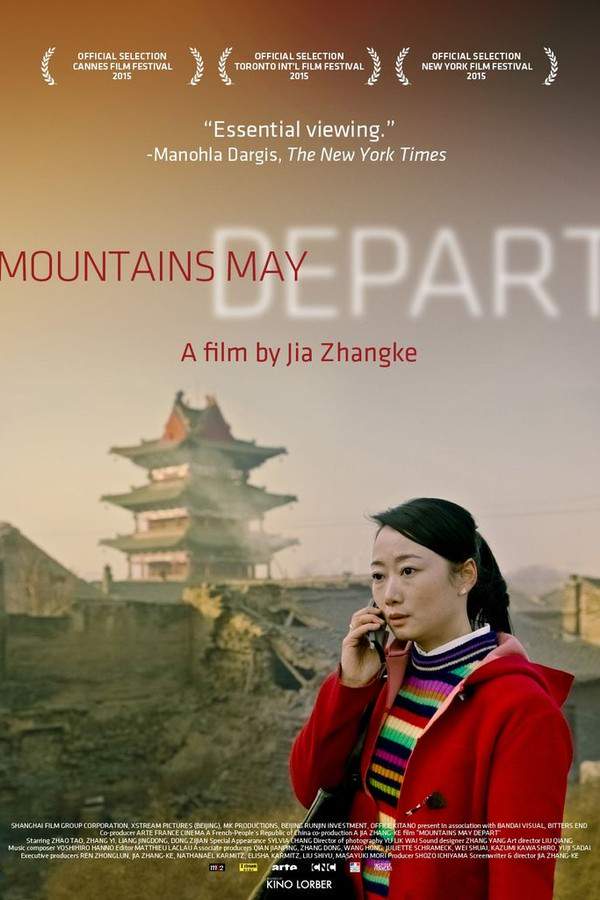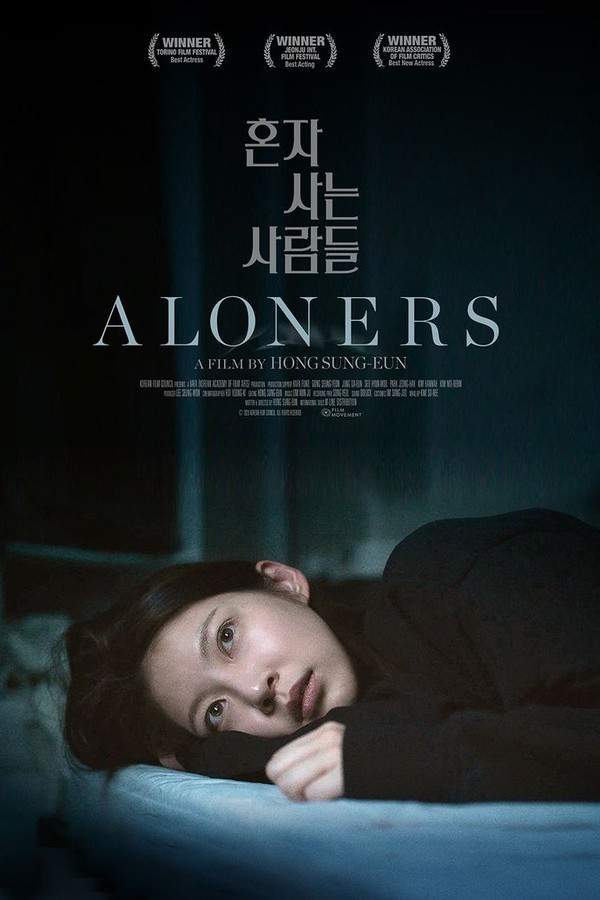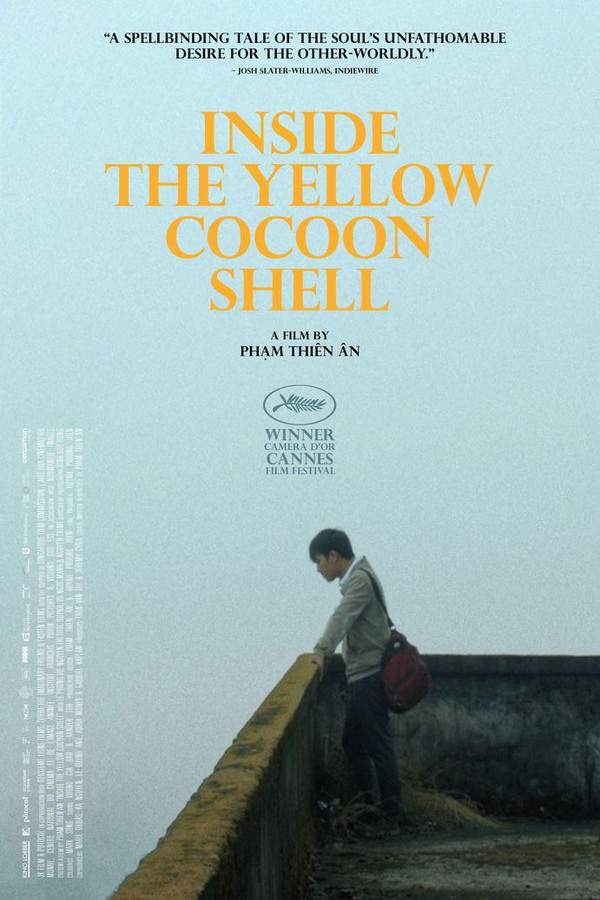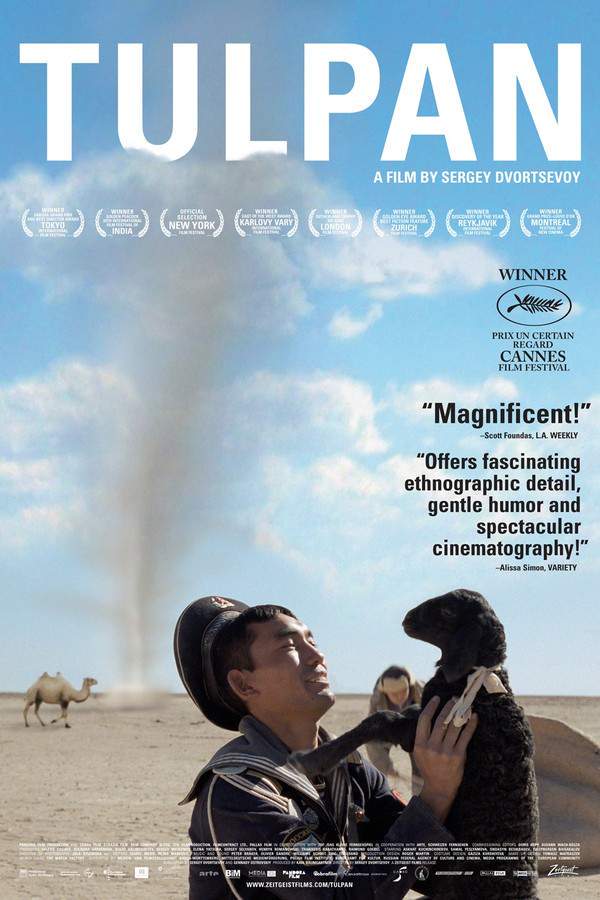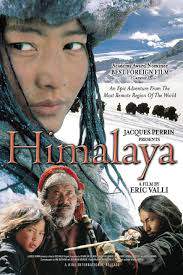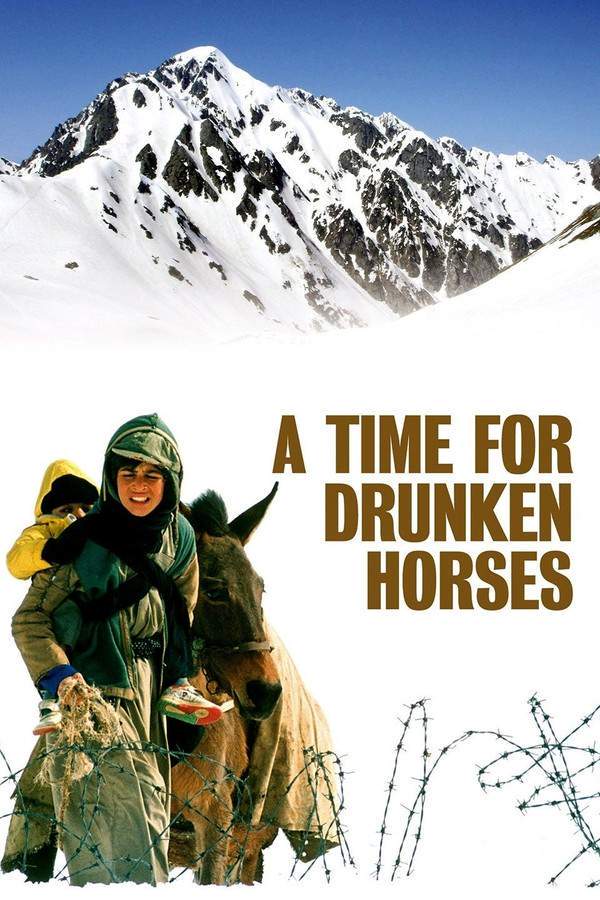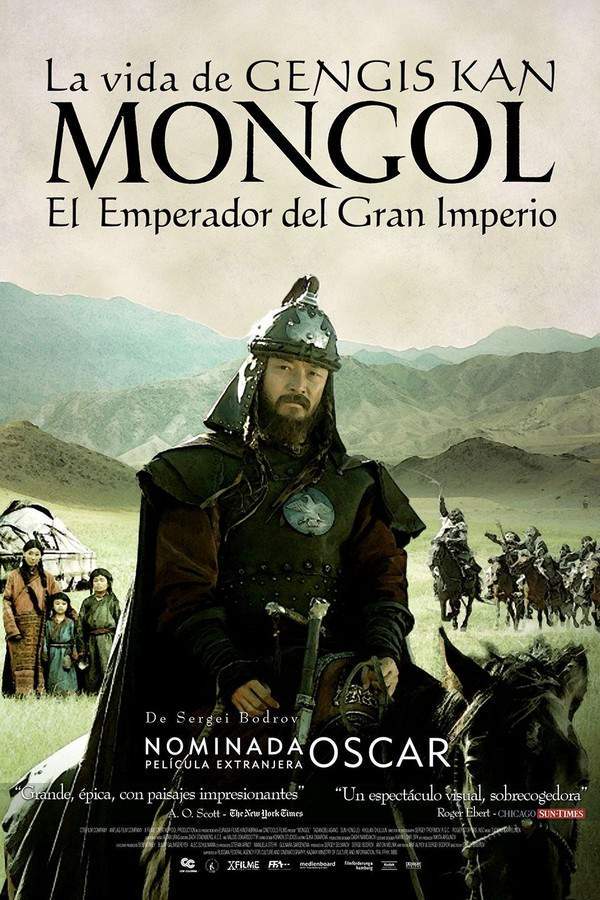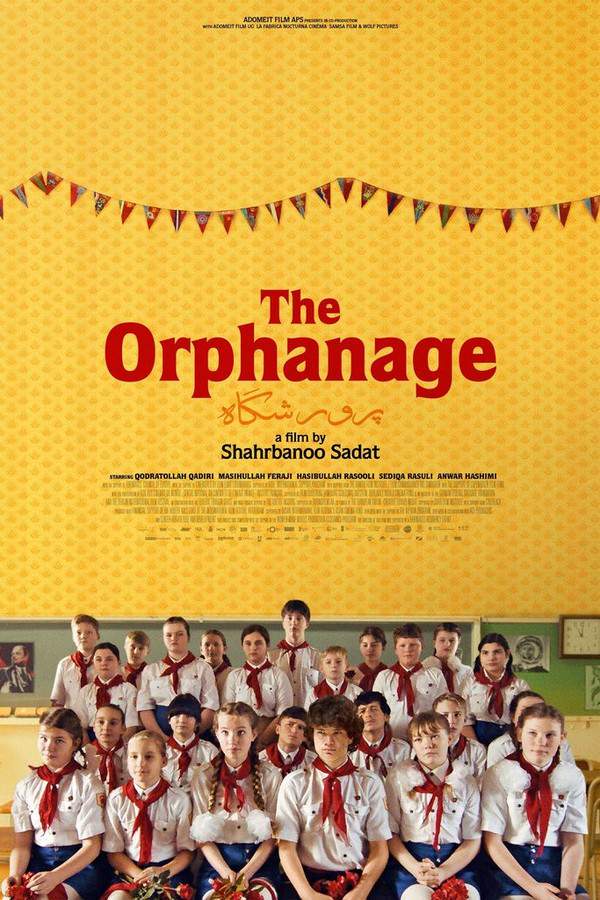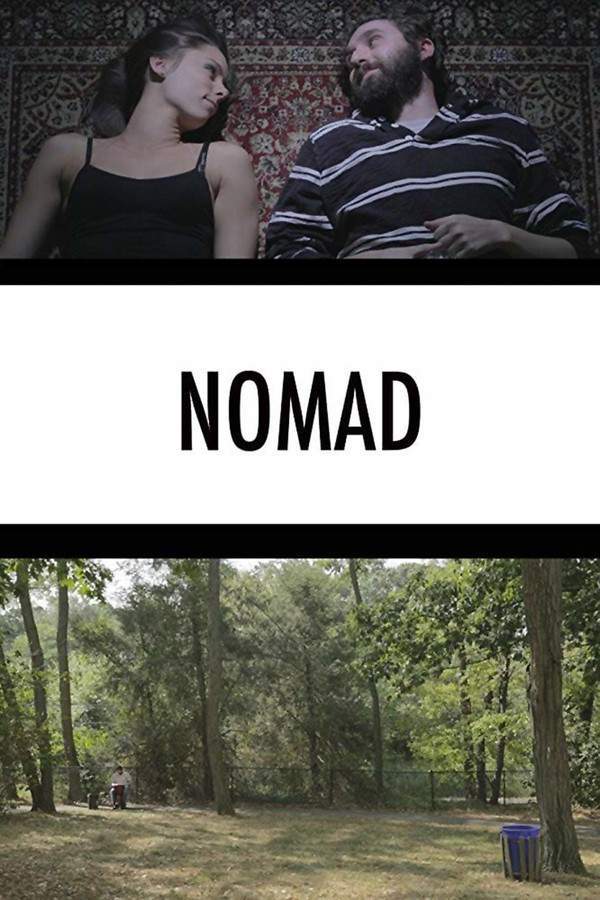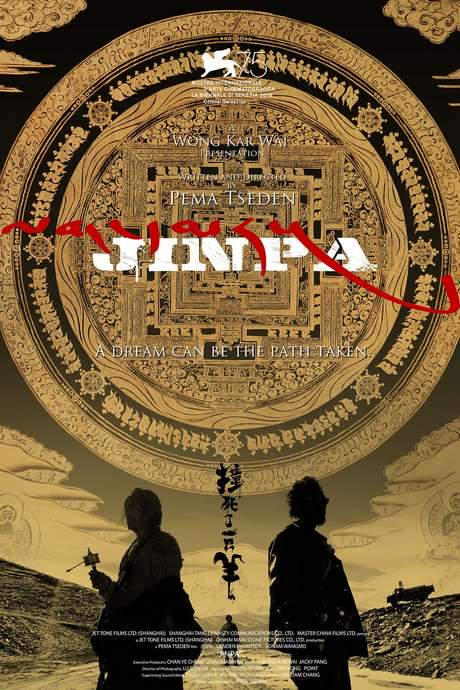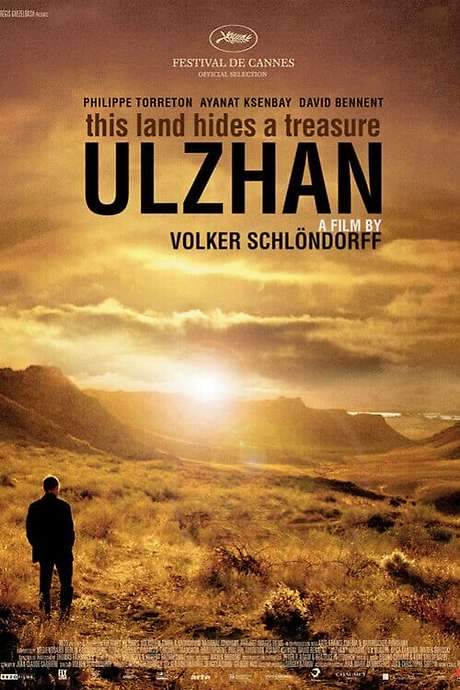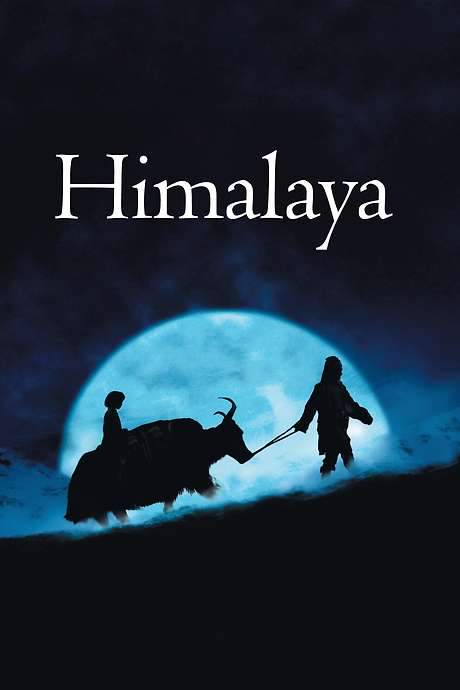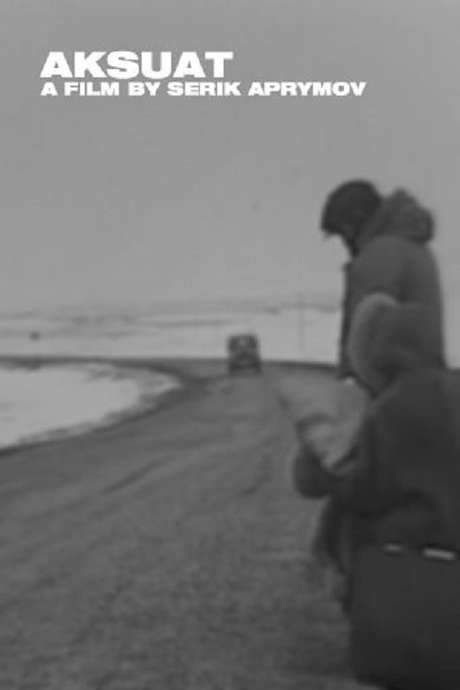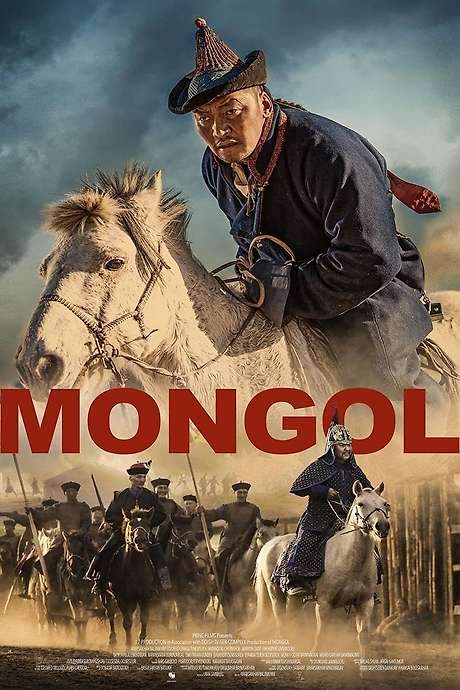
Khadak
Year: 2007
Runtime: 104 min
Language: Mongolian
Directors: Jessica Hope Woodworth, Peter Brosens
Set on Mongolia's vast, frozen steppes, young Bagi is destined to become a shaman, embracing an age-old tradition. However, when a deadly plague sweeps across the land, nomadic communities are displaced and forced to seek refuge in harsh mining towns. Amidst the upheaval, Bagi’s path crosses with Zolzaya, a defiant coal thief, leading them on a perilous journey to discover the source of the sickness. Their quest ignites a rebellion that challenges the established order and threatens to reshape their world.
Warning: spoilers below!
Haven’t seen Khadak yet? This summary contains major spoilers. Bookmark the page, watch the movie, and come back for the full breakdown. If you're ready, scroll on and relive the story!
Khadak (2007) – Full Plot Summary & Ending Explained
Read the complete plot breakdown of Khadak (2007), including all key story events, major twists, and the ending explained in detail. Discover what really happened—and what it all means.
The film opens with a poignant scene of a young woman named Zolzaya (Tsetsegee Byamba) as she stares deeply into the camera and counts to twelve, repeating the number three times before tears fill her eyes. Meanwhile, Bagi (Batzul Khayankhyarvaa) is listening closely as a woman recounts his personal history. She shares that before his birth, each citizen received fresh apples weekly, distributed from the skies by pilots as part of a revered tradition in their community. One of those pilots was Bagi’s father, and the postal worker was Bagi’s mother. She speaks with a heavy heart, noting how Bagi’s father was never meant to fly, suggesting a predestined path he denied.
As the narrative unfolds, we are transported to various striking visuals: a lone blue ribbon tied around a tree, fish gliding beneath the ice of a small lake, and Bagi’s interactions with his family members, including his grandfather (Banzar Damchaa), his mother (Dugarsuren Dagvadorj), and a shamaness (Tserendarizav Dashnyam) whose arrival is awaited after a troubling episode involving Bagi. In a moment of crisis, after experiencing a seizure while searching for a missing sheep, the shamaness intervenes. Her ethereal presence guides him on a mystical journey where she echoes words filled with ancient wisdom.
As the film progresses, the harsh reality sets in when an army jeep arrives, insisting the family evacuate due to a dangerous plague. Bagi’s family is forced to leave their homeland and their beloved pony amidst rising tensions and grief. Bagi’s poignant farewell to his pony, “under the sky, upon the earth, only the wind can ride you now,” embodies the heartbreaking nostalgia of their displacement.
The following sequences showcase Bagi’s struggle to adjust to life in a coal mining community, as he navigates loss, hardship, and his family bonds with his grandfather, who reminisces about their shared dreams and heritage. The shamaness remains a haunting reminder of the cultural connections they are losing.
Amidst this turmoil, Bagi experiences fleeting moments of joy, such as when he rescues Zolzaya from being buried alive under a pile of coal. Their journey intertwines as they navigate the challenges of their new lives, with Zolzaya’s hope shining through their trials and the belief that her brother will come to save her.
Bagi is tormented by visions of the past and the burdens of his ancestors, the shamaness’s presence remaining a constant guiding force. His connection to Zolzaya grows as they manifest their desires for freedom, resisting societal constraints and reviving the spirits of their homeland.
In a climactic scene, Zolzaya and Bagi lead their fellow prisoners in the defiance of their captors using mirrors to blind the soldiers, illustrating their fervent wish for liberation. The subsequent turmoil reveals the community’s strength as they reclaim their lost animals, echoing themes of survival and unity.
The film culminates in a powerful gathering around the tree adorned with blue ribbons, where Zolzaya experiences a moment of transcendence, tying her heart to her heritage as she finds solace in Bagi’s unwavering support. The powerful imagery and emotional resonance throughout the film culminate in a vivid exploration of identity, legacy, and the unbreakable bonds of family, even in the face of destruction. The poignant recounting leaves a lingering impression of hope and resilience against a backdrop of despair.
Last Updated: November 04, 2024 at 00:53
Explore Movie Threads
Discover curated groups of movies connected by mood, themes, and story style. Browse collections built around emotion, atmosphere, and narrative focus to easily find films that match what you feel like watching right now.
Mystical Journeys of Spiritual Awakening like in Khadak
Characters on a quiet, introspective path to discover mystical truths and connection.For viewers who appreciated the spiritual quest in Khadak, this section features movies with similar themes of shamanism and mystical discovery. If you liked Bagi's journey to understand his heritage and the source of the sickness, you'll find other films about characters embracing a spiritual destiny.
Narrative Summary
The narrative centers on a character who may be reluctant or unaware of a spiritual destiny, often triggered by a crisis. Their journey is less about action and more about internal revelation, learning to see and interact with a hidden world of spirits, tradition, or cosmic balance.
Why These Movies?
Movies are grouped here for their shared focus on a quiet, transformative spiritual journey. They possess a dreamlike, often melancholic tone, a slow pace that emphasizes atmosphere over plot, and a heavy emotional weight tied to themes of heritage and cosmic connection.
Dramas of Cultural Displacement and Resilience like Khadak
Stories about communities uprooted from their land, fighting to preserve their identity.If the themes of forced relocation and the loss of nomadic life in Khadak resonated with you, this collection features similar stories. Discover movies about communities displaced by plague or industry, focusing on their struggle to maintain identity and resist assimilation.
Narrative Summary
The plot is driven by an external force—such as plague, war, or industrial expansion—that displaces a close-knit community. The conflict arises from the clash between their traditional values and the harsh demands of their new environment, leading to a quiet but determined rebellion.
Why These Movies?
This thread unites films with a heavy emotional core, centered on the theme of cultural destruction. They share a melancholic and oppressive mood, a slow pace that lets the weight of loss settle in, and a focus on character resilience in the face of systemic oppression.
Unlock the Full Story of Khadak
Don't stop at just watching — explore Khadak in full detail. From the complete plot summary and scene-by-scene timeline to character breakdowns, thematic analysis, and a deep dive into the ending — every page helps you truly understand what Khadak is all about. Plus, discover what's next after the movie.
Khadak Timeline
Track the full timeline of Khadak with every major event arranged chronologically. Perfect for decoding non-linear storytelling, flashbacks, or parallel narratives with a clear scene-by-scene breakdown.

Characters, Settings & Themes in Khadak
Discover the characters, locations, and core themes that shape Khadak. Get insights into symbolic elements, setting significance, and deeper narrative meaning — ideal for thematic analysis and movie breakdowns.

Khadak Spoiler-Free Summary
Get a quick, spoiler-free overview of Khadak that covers the main plot points and key details without revealing any major twists or spoilers. Perfect for those who want to know what to expect before diving in.

More About Khadak
Visit What's After the Movie to explore more about Khadak: box office results, cast and crew info, production details, post-credit scenes, and external links — all in one place for movie fans and researchers.

Similar Movies to Khadak
Discover movies like Khadak that share similar genres, themes, and storytelling elements. Whether you’re drawn to the atmosphere, character arcs, or plot structure, these curated recommendations will help you explore more films you’ll love.
Explore More About Movie Khadak
Khadak (2007) Scene-by-Scene Movie Timeline
Khadak (2007) Movie Characters, Themes & Settings
Khadak (2007) Spoiler-Free Summary & Key Flow
Movies Like Khadak – Similar Titles You’ll Enjoy
Tulpan (2009) Story Summary & Characters
Himalaya (2001) Complete Plot Breakdown
A Time for Drunken Horses (2000) Full Summary & Key Details
Mongol: The Rise of Genghis Khan (2008) Full Movie Breakdown
The Orphanage (2021) Complete Plot Breakdown
Nomad (2007) Plot Summary & Ending Explained
Jinpa (2018) Movie Recap & Themes
Kabullywood (2017) Film Overview & Timeline
Khadgam (2002) Full Movie Breakdown
Ulzhan (2007) Movie Recap & Themes
Close to Eden (1991) Full Movie Breakdown
Ghatak: Lethal (1996) Film Overview & Timeline
Himalaya (1999) Complete Plot Breakdown
Aksuat (1997) Full Summary & Key Details
Mongol (2023) Story Summary & Characters



